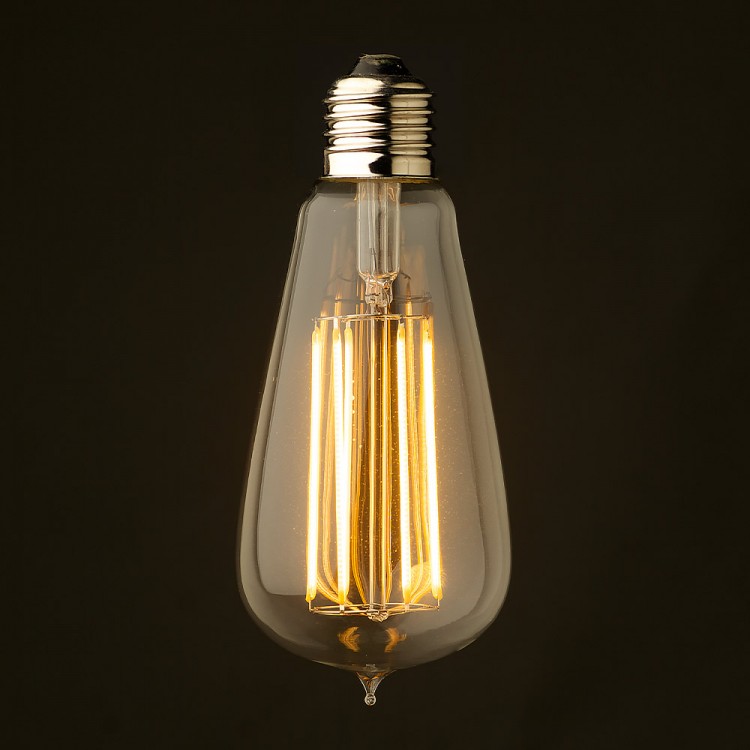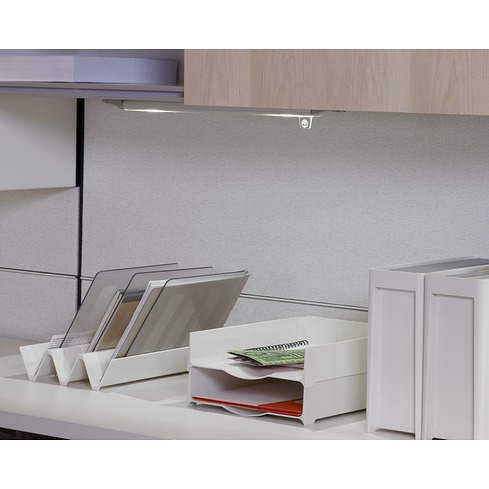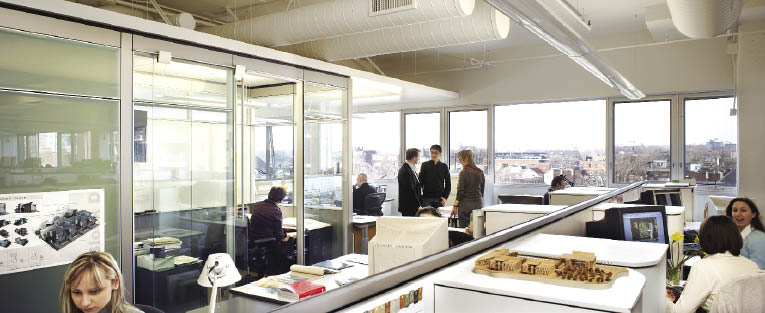Have you seen the data? The salary that a white collar employee draws from an organization is the organization’s biggest expense. So workplace productivity is a giant monster that people are trying to wrangle when tackling workplace interior design. What are the elements of workplace productivity and how do you enhance it? Where can you source proved evidence-based design strategies that are right under your nose, or in your resource files already? Today is the first of a series of blogs that investigate workplace productivity, and today we are going to look how effective lighting design can enhance productivity.
What interior design strategies can you use to effectively promote the use of the space productively? The lighting design can either help or hinder the use of the space, so we have outlined some effective, and healthy lighting design practices for you in this quick read.
Different conversations are going to result from different spaces. You will have a very hierarchical conversation when a manager comes to speak to someone in a workstation space. They are standing. There is uniformity in the workstation layout. They are standing under a regimented grid of lights. It is predictable and the result is predictable.

Today, it is pertinent to design a range of spaces that enhance a range of conversations that enhance productivity and spark innovation. Create large office spaces that do not use a sea of lighting that is regulated into a formulaic grid if you want to communicate individuality and creativity. We have brought the café into the workplace so let’s use it effectively. Create booth areas and micro spaces that are enhanced by pendant lighting. Create intimate spaces that are semi-private by creating lighting that is at a different scale. Make it easy for your employees to duck into a space to make a personal call, or do their daily prayers. A productive workplace incorporates daily living.

Are you using lighting technologies that are consistent with your environmental responsibility protocols? LED lighting is no longer that white light that made your space feel cold and tinted furnishings blue. Think of the new LED as warm and effective and your furnishings will appear as you like them to appear. Be careful with heat dissipation since enclosures will overheat the bulbs and decrease their lifespan dramatically.
Overall lighting levels in office space have gone down to suit the evolution of the work space from paper-based work to work on large flat-screen monitors with few actual paper documents. Check with your lighting engineer to find out how low you can go while still ensure compliance with accessibility standards, and local building code requirements for egress.
Are you allowing adjustment time from screen time to time spent elsewhere in the office space? If the workers are using primarily white background documents they may need time for their eyes to adjust after sitting and working for long periods of time. This creates a need for a transition space for this adjustment period next to their workstation which is a space free from any hazardous work zones. How can you design their space if they are being frequently interrupted by colleagues so that they can adjust back and forth between these two zones of activities? Is the lighting level higher in this “interruption zone”?

Task lighting should be used to take advantage of the fact that lighting power reduces as a square function of the distance between the lighting element and the lit object—a light that is twice the distance away has to be four times more powerful. A very low wattage LED can be used to effectively produce task lighting but the heat produced from the light might affect the comfort level of the employee if it is over-powered or positioned inappropriately.
Lighting can be changed throughout the day and evening to enhance the circadian rhythm. Interior lights should be placed and switched so that there is no light spillage out the windows at night. Blinds should be used or lights should be turned off so that migrating birds do not get attracted to the buildings at night, and end up on the sidewalk and increase your maintenance costs. Lighting spectrum should be tailored by the task: high CRI for tasks that need true colour recognition. Full spectrum bulbs can help reduce rates of Seasonal Affective Disorder in the office space.
Enhancing daylight is a beneficial trend but glare reduction strategies must be used to reduce the reflections on monitors and overall wall and ceiling colours must be considered to soften the effects.

It is tempting to go all white for an interior to brighten it up, but an all-white space that is consistent lit at the same level can be very draining when occupants are in the space for long periods of time.
A strategy to consider is using darker colours on floors and furnishings to ground the space. All daylight calculations should include inputs of the Light Reflectance Values (LRV) for all of the interior furnishings in order to predict the actual results accurately.
Consider enhancing the natural variation of lighting levels both during the day and seasonally. Window coverings that reduce glare can be effective but exterior shading devices and interstitial blinds can block heat effectively before it reaches an interior space. Daylight-responsive and IP-addressable lighting control systems are now cost-effective strategies that can track lighting usage in space using big data and IoT tracking for usage of both open space and meeting rooms.
Resources that I reference include LEED for New Construction, LEED for Commercial Interiors, and the WELL Standard but also are tempered with best practice interior design.
In my next blog, I will talk about how interior design affects the way that people use their space, the resultant ways of working and productivity levels that result and the unintended consequences of strictly following strategies recommended by a few of the big rating system standards.

